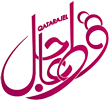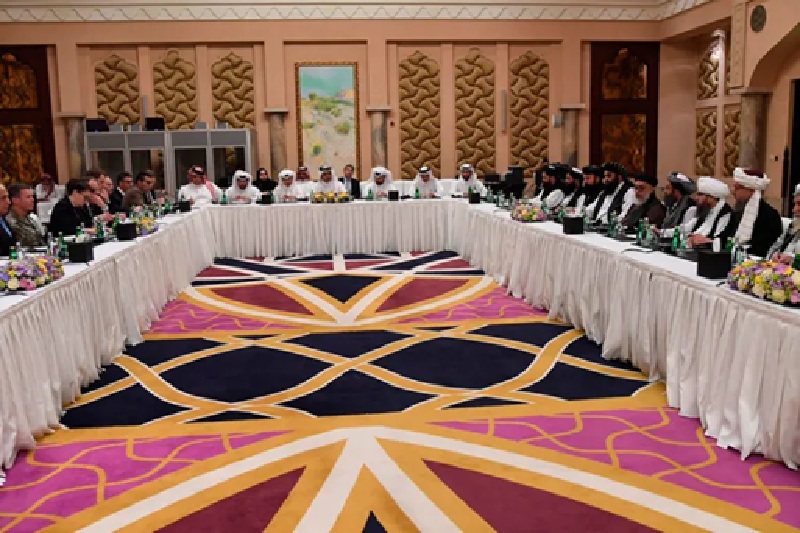In recent years, Qatar as Middle East mediator has brought adversaries together in ways that have truly changed the region’s diplomatic landscape.
Somewhere in the heart of Doha—perhaps near a luxury hotel, a world-class beach, or the Formula 1 track—lies the discreet political headquarters of Hamas. Its leader, Ismail Haniyeh, was seen in a Doha office as his movement made headlines with a dramatic incursion into Israel. Yet, just a few miles away, nearly 10,000 US military personnel are stationed at Al Udeid Airbase. This is not just an oddity—it’s a microcosm of Qatar as Middle East mediator, a crossroads where enemies find proximity, if not peace.
At Al Udeid, US troops load military cargo destined for regional flashpoints. Meanwhile, Qatar also hosts Hamas’s political leaders and funds humanitarian aid to Gaza, that shows its unique openness to all sides of the conflict. This juxtaposition is emblematic of Qatar’s strategy—a model of neutrality and dialogue at the center of regional politics.
How Qatar Turned Neutrality Into Strength
Qatar’s willingness to offer space to rivals is not accidental. For decades, Doha has actively sought out the role of mediator, inviting the US military to establish its regional headquarters while simultaneously providing offices for groups like Hamas and the Taliban, who opened their Doha office in 2013. The Qatari government has also enabled adversaries—such as the Turkish Republic of Northern Cyprus and the Republic of Cyprus, or Saudi Arabia and Iran—to maintain diplomatic missions just blocks apart in the capital.
This approach—“Qatar as Middle East mediator”—is at the very heart of the nation’s foreign policy. Qatar believes that neutrality is strength. By standing in the middle of regional conflicts, Qatar is both shielded and empowered, able to influence outcomes and ensure its own security in a turbulent neighborhood.
Turning Challenges Into Opportunities
Geographically, Qatar’s journey is nothing short of remarkable. A country with virtually no freshwater, little arable land, and a native population making up just 11% of its 2.7 million residents, Qatar has turned natural disadvantages into opportunities. Through bold investments in desalination and infrastructure, and by importing 90% of its food, Qatar has built an economic engine fueled by the North Field—the world’s largest natural gas reserve.
Gas revenues have enabled Qatar to become a global player, funding explosive urban growth, building world-class infrastructure, and positioning Doha as a hub for international events, from the FIFA World Cup to Formula 1. Yet, economic success is just part of the story—Qatar’s real innovation has been in transforming its wealth into diplomatic influence.
Building a Global Reputation
Qatar’s leadership recognized early on that wealth alone would not guarantee security or global status. The state invested in major institutions to shape its image. Al Jazeera, launched in the 1990s, revolutionized Arab media, offering balanced coverage and quickly gaining trust across the region and beyond. Qatar Airways became a world leader, connecting Doha to every major continent and projecting the nation’s standards of quality and excellence.
Doha invested heavily in sports, buying the iconic PSG football club and hosting world-class events. It also became a key player in global real estate, buying and developing landmark projects in Britain and Europe. Each investment added a layer to Qatar’s reputation—irreplaceable, modern, and open to the world.
When Pressure Mounts, Qatar Stands Firm
The path of Qatar as Middle East mediator has not been without its trials. For much of its recent history, Qatar was seen as an appendage of Saudi Arabia. But with the discovery and development of vast gas reserves, Qatar charted its own course—one that included maintaining ties with both Iran and the West. Tensions with Saudi Arabia and its allies came to a head in 2017, when a sudden blockade closed borders and airspace and isolated the nation. Qatar was forced to adapt, reroute flights, and develop new trade partnerships. Rather than weakening the country, the blockade strengthened it. Qatar deepened economic ties with Turkey and Iran, accelerated self-sufficiency, and gained global respect for its resilience.
Most importantly, the crisis proved that the strategy of “Qatar as Middle East mediator” was indispensable—not only to Qatar, but to the stability of the region.
Mediating the World’s Toughest Conflicts
Qatar’s diplomatic credibility is now second to none in the region. It has successfully mediated between the US and the Taliban, enabling the American withdrawal from Afghanistan. Qatar helped broker prisoner exchanges between the US and Iran, facilitated the return of Ukrainian children taken by Russia, and has emerged as the world’s go-to negotiator in the Israeli-Palestinian conflict. During the latest Gaza crisis, Qatar was at the center of breakthrough deals—including a major ceasefire, hostage releases, and humanitarian deliveries. As the conflict raged, the world’s leaders looked to Doha for solutions, reinforcing the value of “Qatar as Middle East mediator.”
Qatar as Middle East Mediator: A Model for Future Diplomacy
Some critics argue that Qatar’s neutrality and willingness to host controversial groups is risky or even enabling. But Qatari policymakers understand that being a mediator sometimes means being misunderstood. For Doha, the objective is clear: to be needed, to be trusted, and to be indispensable to those seeking solutions. Through decades of visionary leadership, resilience in the face of adversity, and a deep commitment to dialogue, Qatar has transformed itself from a small desert peninsula to a giant in international diplomacy.
“Qatar as Middle East mediator” is more than a slogan—it’s a strategy that has redefined what’s possible for small states and created a new model for global engagement. As conflict and crisis continue to shape the region, Qatar’s role as a trusted neutral party will only grow more valuable.




